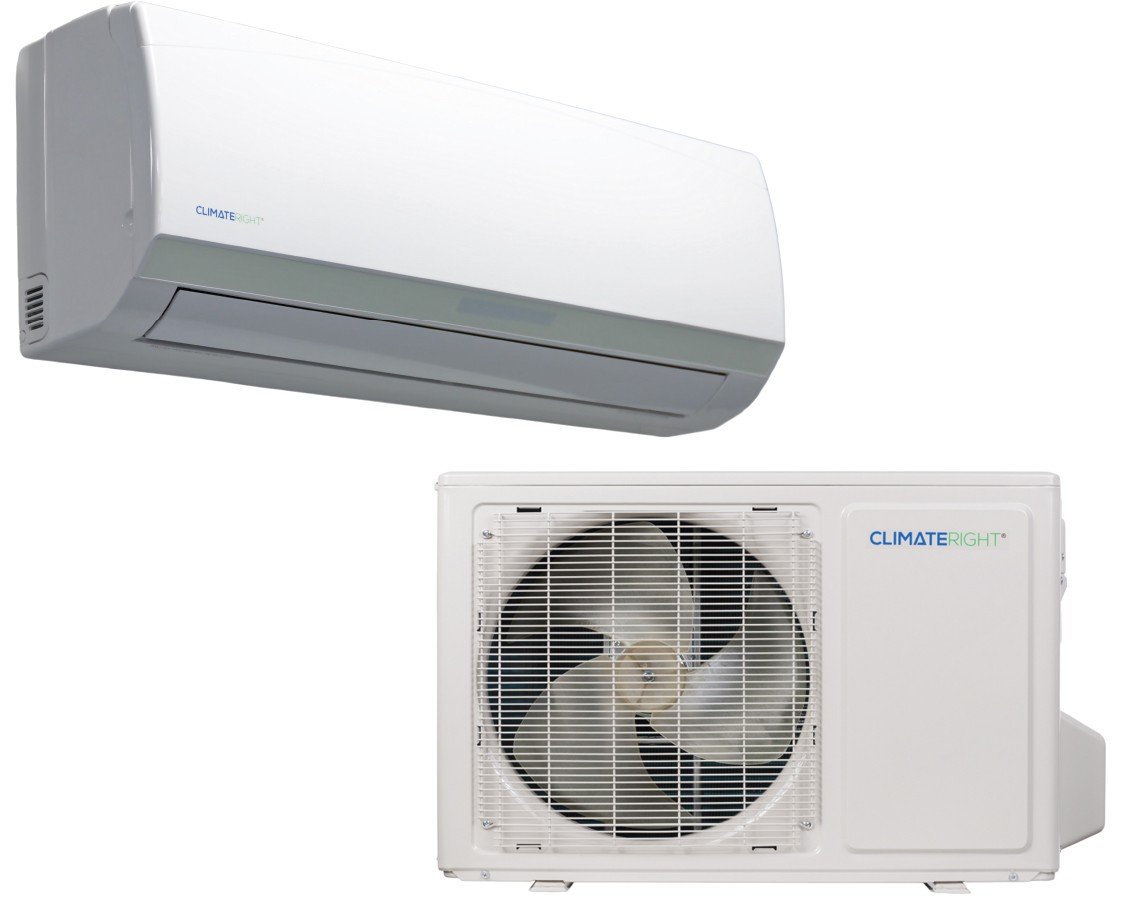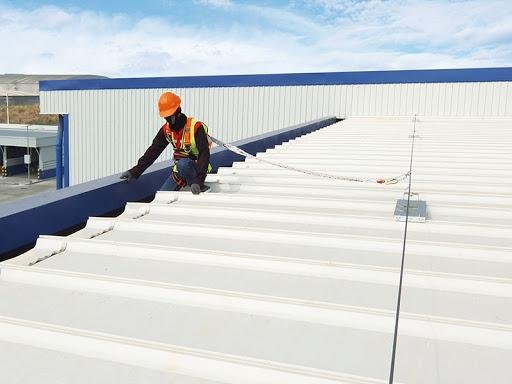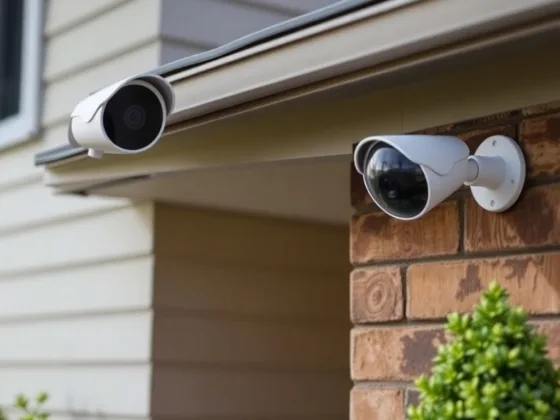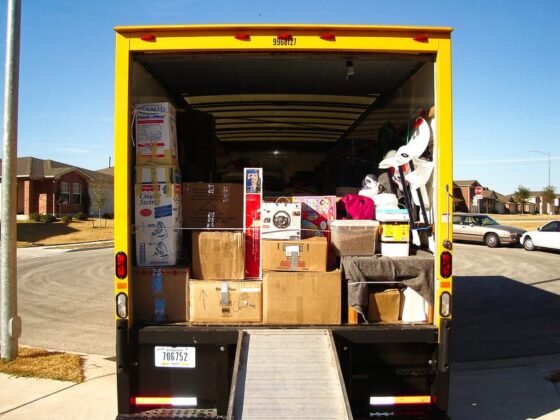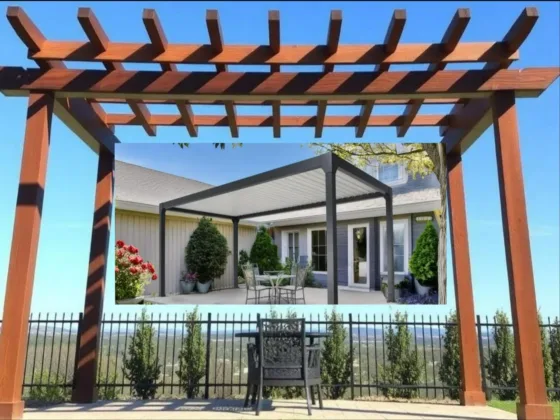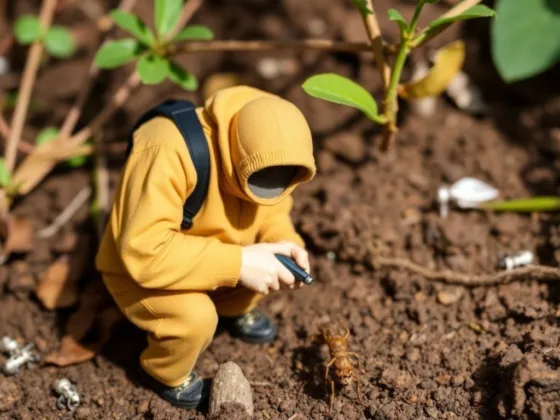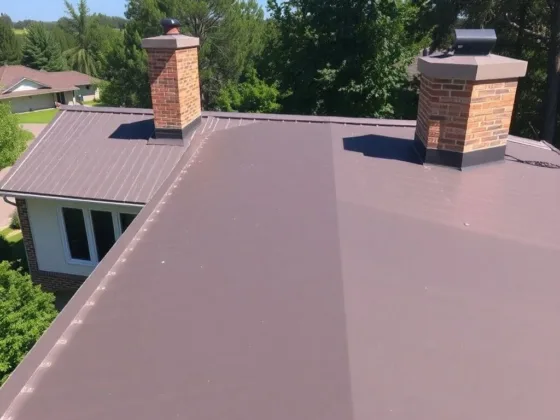Table of Contents Show
An Air conditioner is a device for adjusting the air temperature inside buildings and vehicles. Its main function is to reduce or decrease the temperature and humidity.
While it is different from ventilation whose main function is to exchange air for fresh air from the exterior, an air conditioner can perform the air exchange as well.
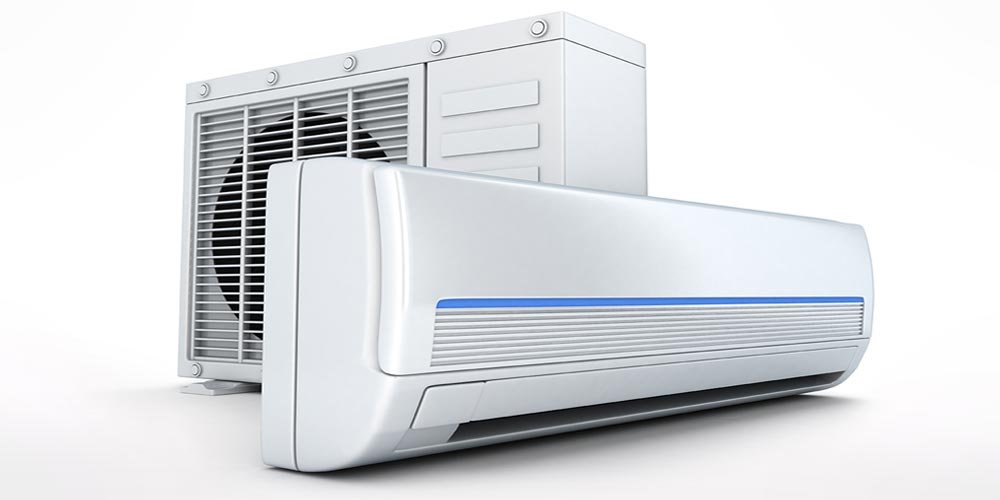
Air conditioners come in different sizes and shapes according to the function they are supposed to be performing, where they are placed, and how great of a surface they are supposed to cool the air in.
What they all have in common, however, is that they may need a repair from time to time as they might malfunction occasionally.
As HVAC experts from cincyheating.com have told us, some of these repairs may be quite easy and done by the user while other ones will need a consultation of an HVAC contractor.
Read Also:
How Air Conditioners Work
First of all, it is good to understand how air conditioners work. Air conditioning equipment uses three physical principles to create thermal comfort in the room.
These are the gas compression, liquefaction of gases or condensation, and finally evaporation.
In the first phase, the refrigerant vapors are fed to the compressor, where they are compressed. In the second phase, the cooling medium with high temperature and pressure is fed to the exchanger – condenser, where it is cooled by ambient air.
Finally, in the third phase, the liquid is transported through a capillary or expansion valve, behind which the pressure and thus the temperature is sharply reduced.
The medium continues to the next exchanger – evaporator. The liquid begins to evaporate and heat further, removing heat from the evaporator space, usually the cooled room.
A fan located at the evaporator is used to distribute cold air into the room. Then the gaseous refrigerant is fed to the compressor and the cycle is repeated.
The Main Components of an Air Conditioner
The main part of the air conditioner is a compressor that makes the refrigerant move. For more info on air conditioning refrigerants, look at this link: https://en.wikipedia.org/wiki/Refrigerant.
Another important component is a heat exchanger (condenser, evaporator) that is equipped with an air filter that allows to heat the air and filter the condensing moisture.
Then, there is a capillary expansion element, a nozzle, an expansion valve or an electronic expansion valve that controls the wall coolers in the evaporator.
Other parts of the air conditioning are a four-way valve, filter dehydrator, refrigerant collector, liquid refrigerant separator, pressure devices to protect the refrigeration equipment.
The air conditioners always consist of two parts, an outdoor unit, and an indoor unit, which are interconnected by copper pipes and electricity.
Tricks for Detecting and Repairing the Common Problems with an Air Conditioner
The following issues can come up any time if the air conditioner is either not well-installed, or it lacks the necessary maintenance.
While some of them are easy to fix, other ones will need the attention of your HVAC contractor.
No Cool Air
The most basic problem of an air conditioner is that it fails to perform its main duty – cooling the air. If it doesn’t, it might be that the air conditioner has a serious issue, but at the same time, it may only be a minor one.
There are two main reasons why an air conditioner does not blow cool air. One of them is that it has dirty filters, another one is having a refrigerant leak.
The air conditioner filters need to be cleaned on regular bases in order for the air conditioner to blow the air correctly.
Most of the air conditioners have a self-cleaning option which means having the unit suck the air at the highest speed while turning the air conditioner to the lowest possible temperature.
If you find out that the air conditioner still doesn’t blow the cool air, it might be that the outdoor part is malfunctioning. This may be due to the leak of the refrigerant.
In the case, not much can be done without a proper and thorough inspection of the whole air conditioner which can only be done by a professional.
The problem, at this point, maybe with the motor or any other component, and a repair might need to be done to remove it.
Odor, Water Leakage, Fumes and Noise
While your air conditioner might be working by cooling the air in the room, it may have some other issues which may need the treatment.
One of them is the odor. Odor coming from an air conditioner is a sight of moisture and mold inside the device. It is an issue that comes up any time regular maintenance is not performed.
Click here for some tricks you may try to remove the smell. Most likely, however, the only solution to the odor rather than calling up an HVAC company to take care of the issue.
The air conditioner can leak the water if the device is not properly installed or if the pipes of the condensation unit lack a sufficient gradient. Also, the pipes or pump float can be clogged by the frozen water inside.
Again, just like with the odor, there is little an individual can do to remove the problem without proper inspection and, if needed, repair of the air conditioning unit.
Fumes coming out of an air conditioning unit may look scary and they always point to a problem with electricity. It may simply be that the unit is consuming more power than its breakers can process, or there is damage within the cables of the outdoor unit.
Since this problem involves electronic circuits, it is again advisable to call the installation company to ensure help and safety.
Finally, your air conditioner can get noisy at times. This is always due to some obstruction inside the outer unit and the good news is that the obstruction can often be removed manually.
Also, regular cleaning of the outdoor unit can reveal small pieces of leaves and can prevent the noise. If the air conditioner continues to be noisy, however, a technician should be called for opening the unit and remove the obstruction.



